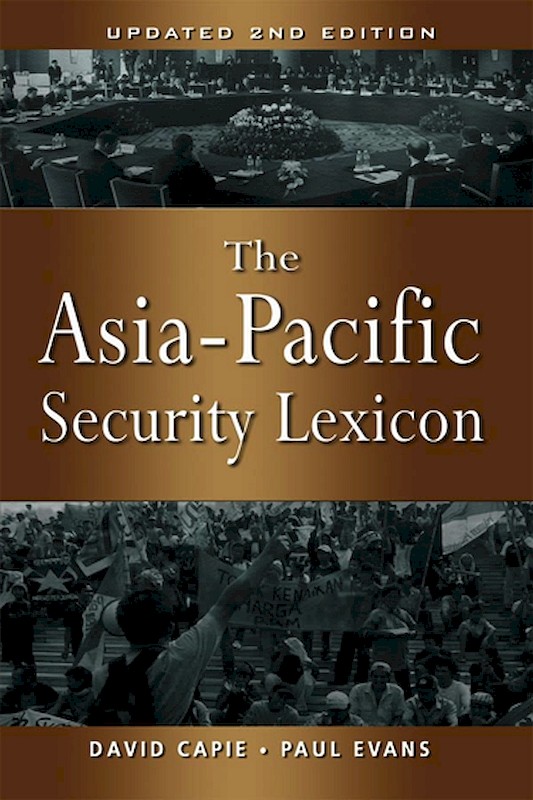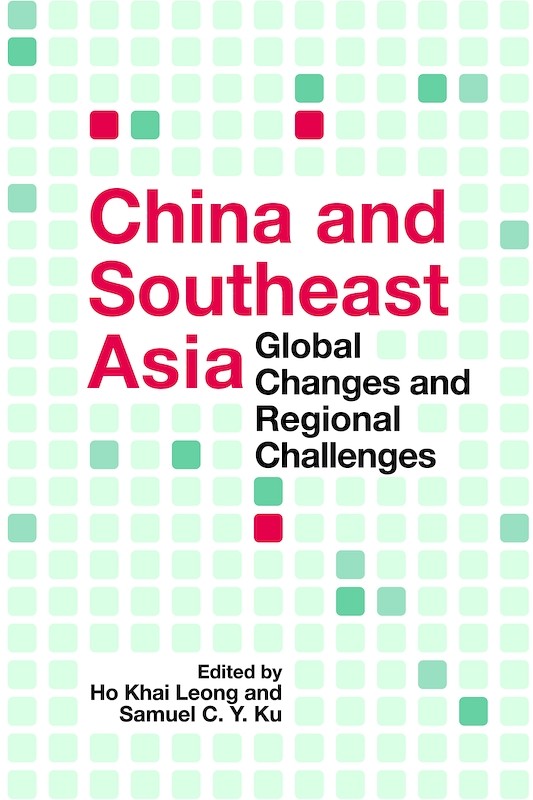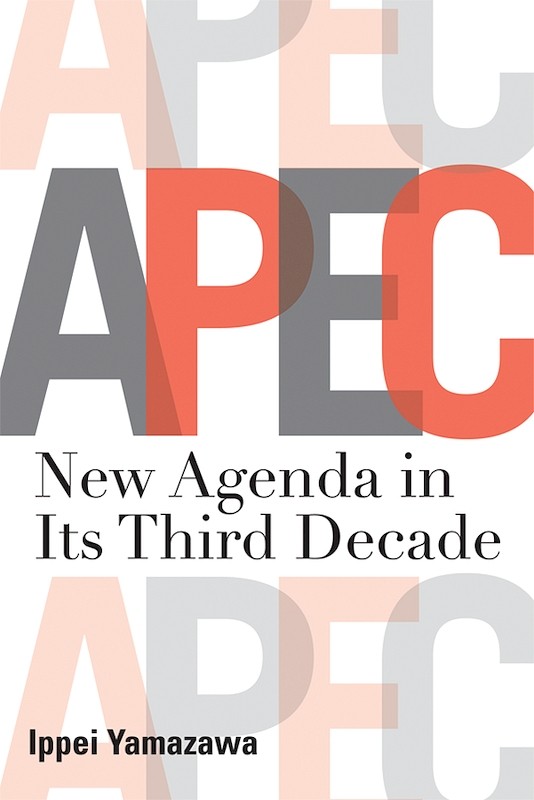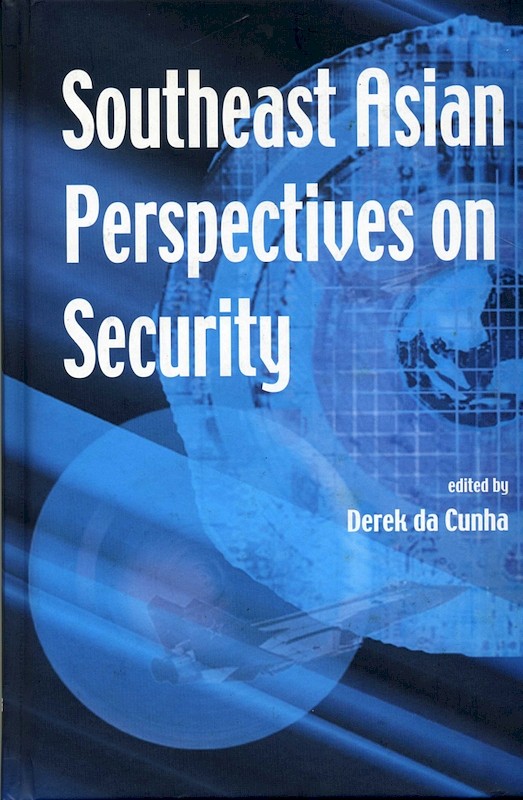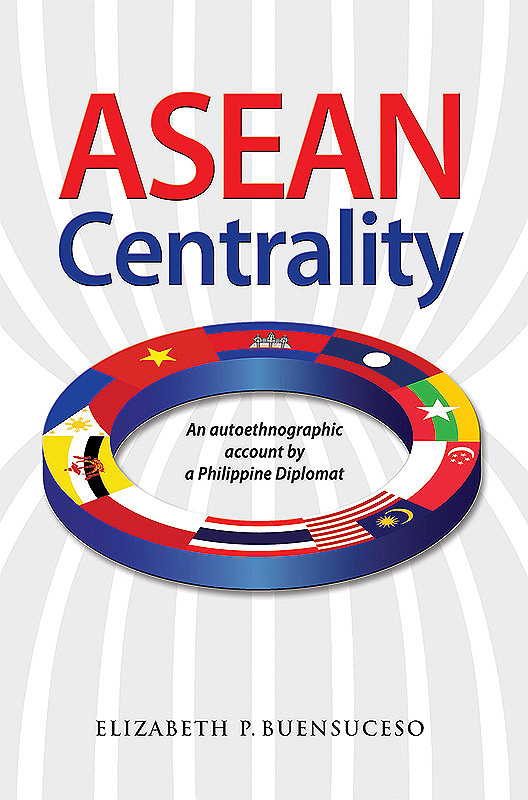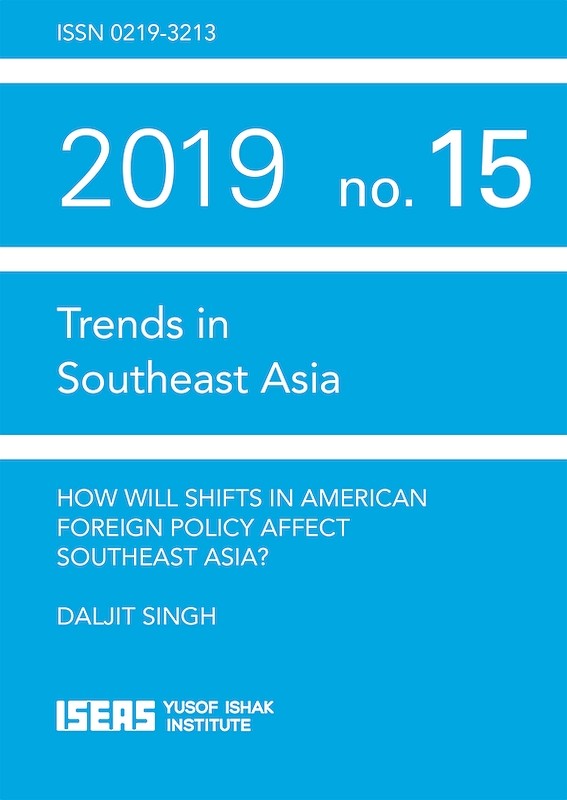The Asia-Pacific Security Lexicon
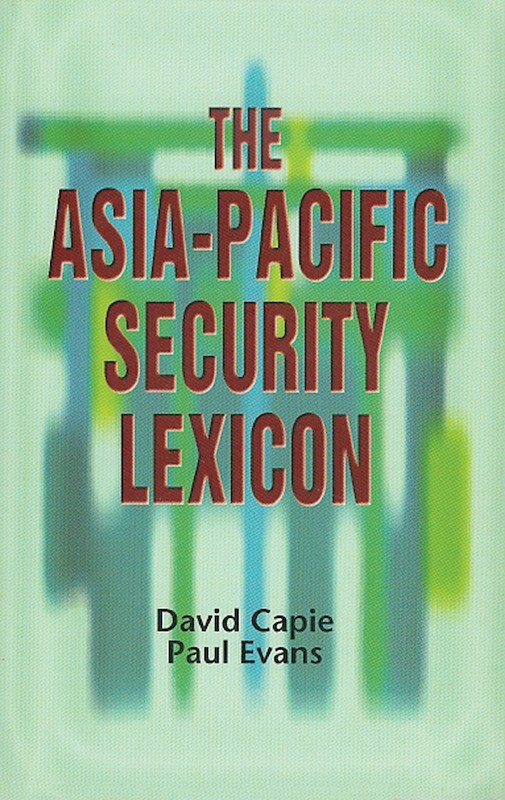
Reviews
"While the multilateral security dialogue that developed in the Asia-Pacific during the 1990s appears weaker now, it remains as a significant feature of international politics in the region. This lexicon is of particular relevance to participants in and students of that dialogue. However, it can also be recommended as a reference work for people who have an interest in international politics in the Asia-Pacific at a more general level" (Australian Journal of International Affairs).
"This book is a must for specialists interested in the inter-state relations of the Asia-Pacific region. A student equipped with it will be saved much reading. It will also be of value to hapless practitioners tasked with deciphering reports from regional security dialogue meetings" (New Zealand International Review).
"This volume is even more timely now than when it first appeared in another form in 1998. It will prove a boon to students and scholars alike, especially anyone interested in diplomacy and comparative regionalism .... one hopes that the presence of this volume on student reading lists will continue for many years to come and in many subsequent editions as regional diplomacy evolves" (Etudes Internationales).

